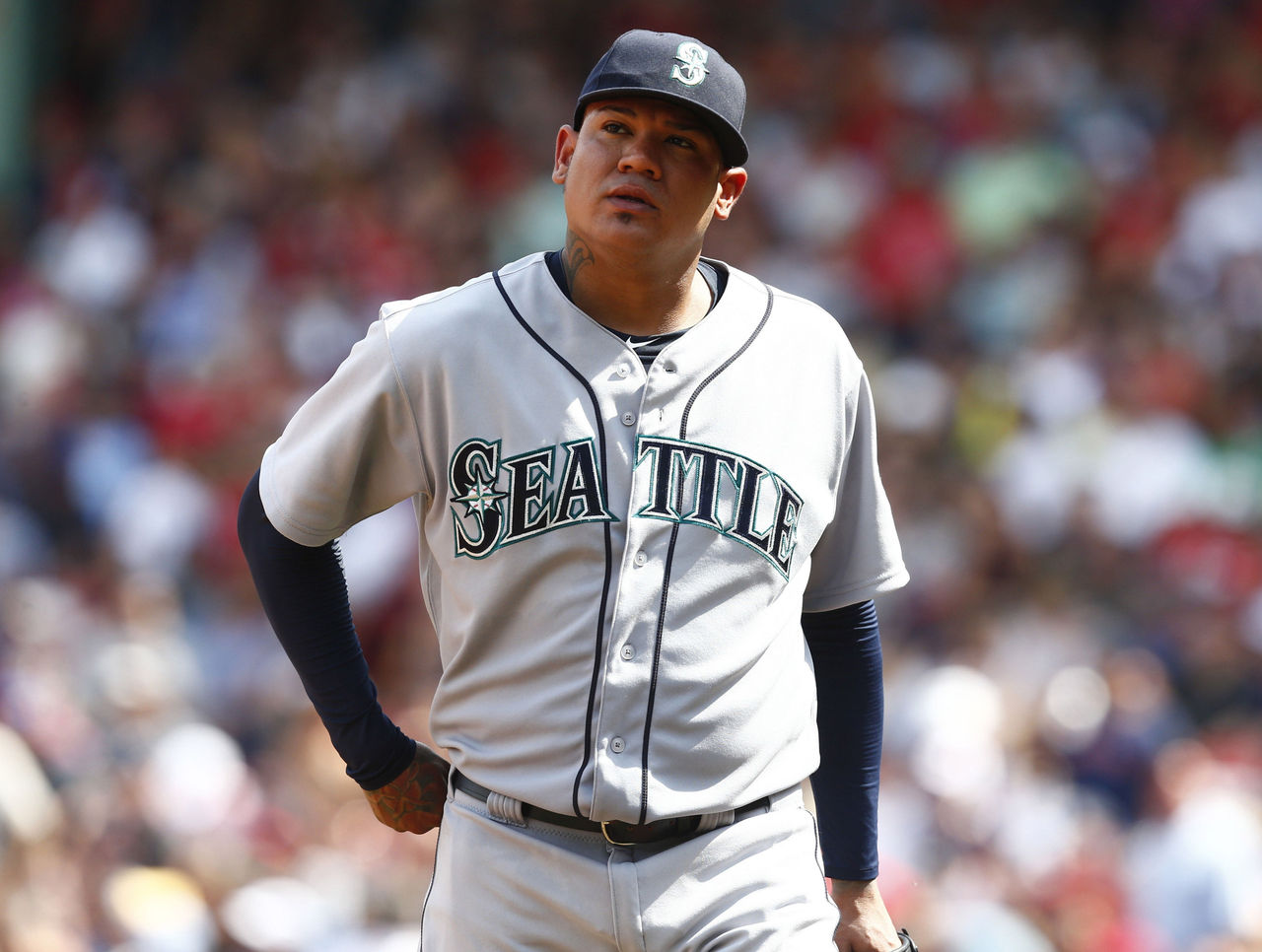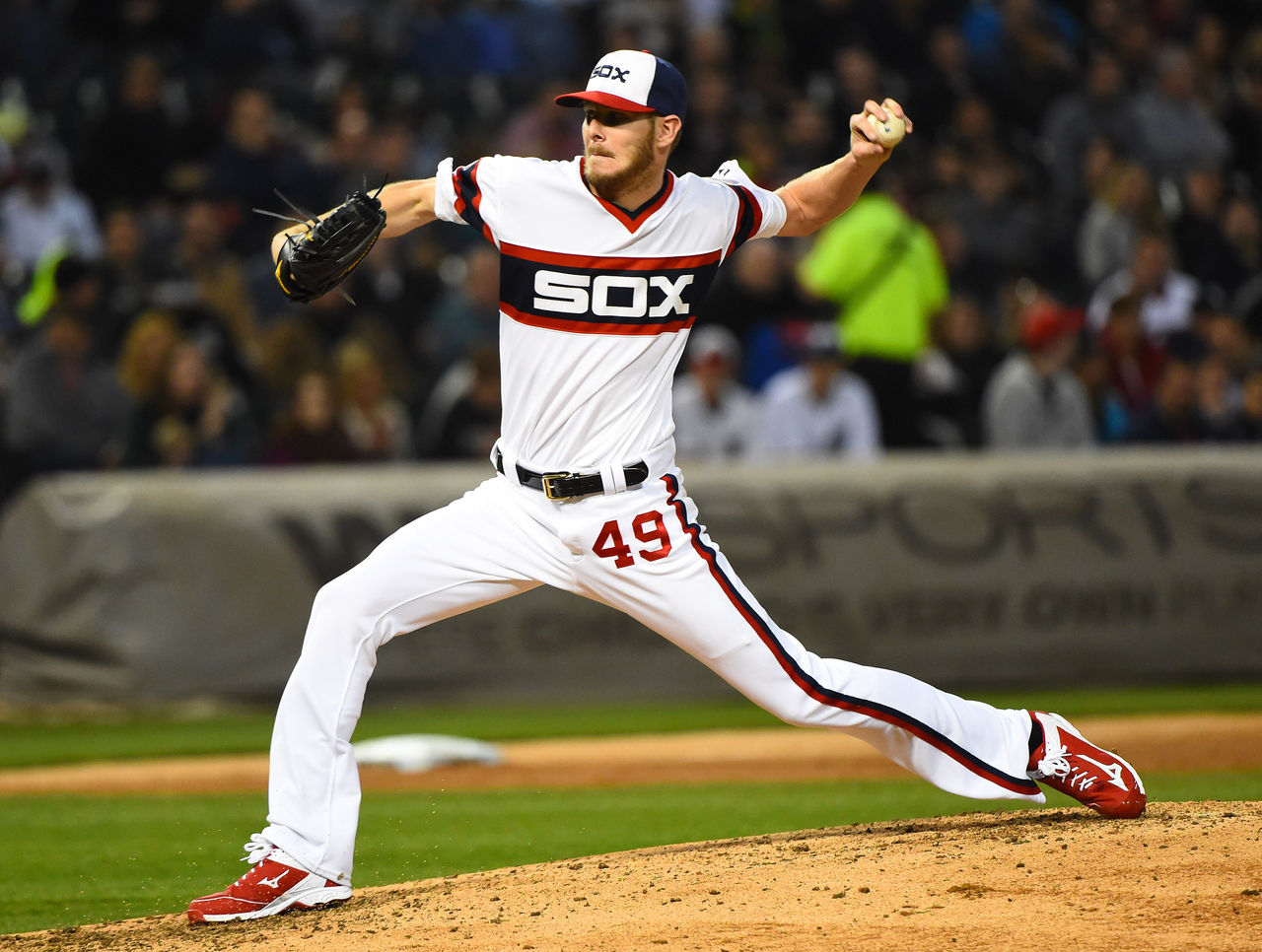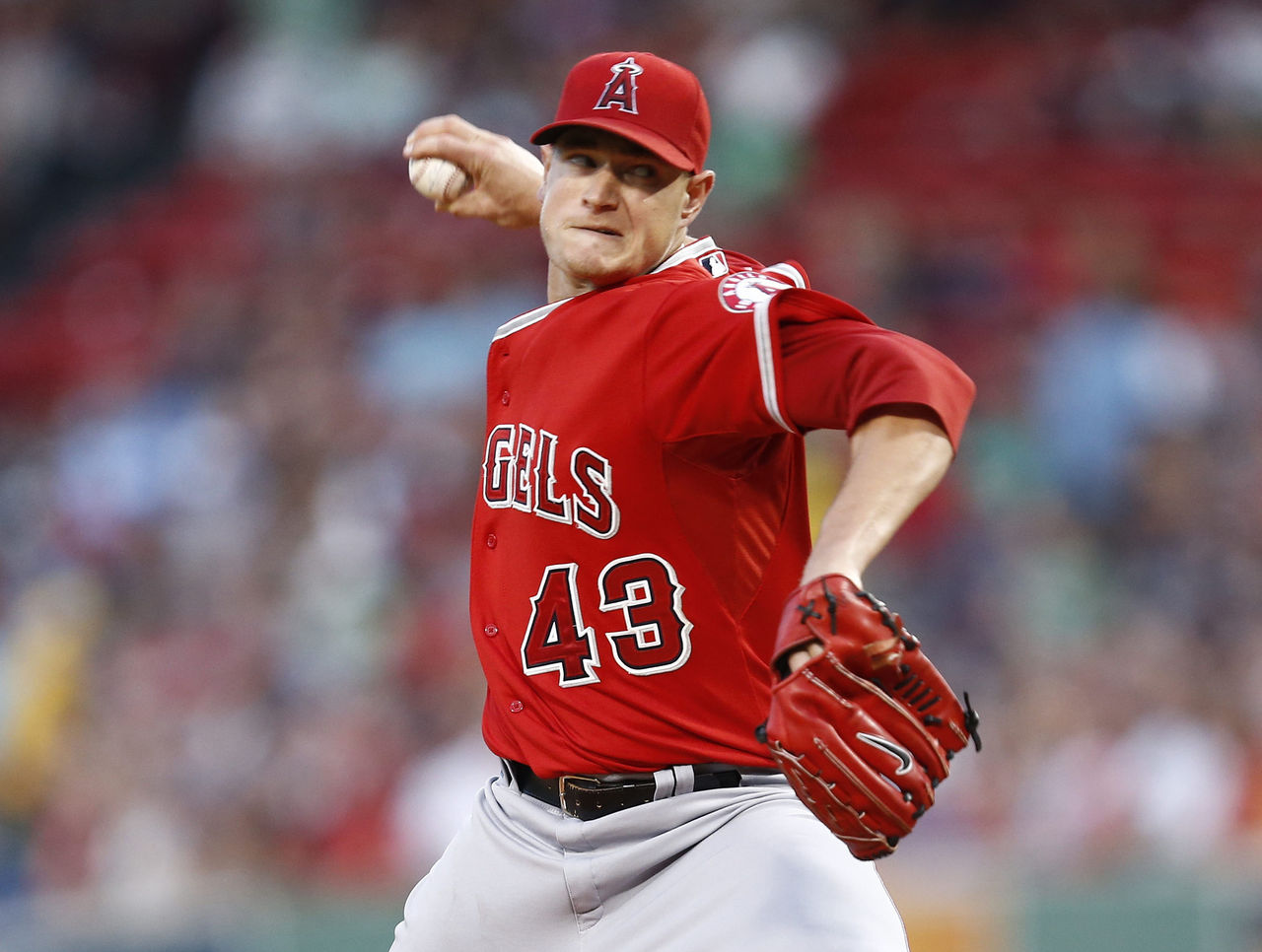Riding Cheap Pitching to Victory in Fantasy Baseball Auction Leagues
Common auction draft strategy dictates that players devote the majority of their budgets to their offenses, and only a fraction to pitching.
Generally, it's recommended that players spend two-thirds of their budget on offense and one-third on pitching. And while that is certainly a sound strategy to follow, imagine building a nine-man pitching staff that would cost you no more than $60 of a $260 budget.
Wondering how to do it? Check out Ron Shandler's LIMA approach.
Shandler came up with a way to roster a powerhouse batting lineup while spending less than 25% of his budget on his pitching staff. The LIMA Plan, short for Low Investment Mound Aces, advises fantasy owners to seek out pitchers who excel in a variety of categories other than wins, and who can be had for rock-bottom prices.
While this strategy is difficult to implement in keeper auction leagues - where annual inflation raises draft-eligible player pricing across the board - it is feasible in re-draft auction leagues, where everyone has the same amount of money to start.
The problem with LIMA circa 2015 is that the majority of savvy auction owners are after the same pitcher types you are - and won't be afraid to drive up the prices on skilled middle relievers or pitchers with closer potential.
Here's how to effectively build a successful LIMA-inspired roster:

Focus on Rate Stats
Counting stats are easy to follow - simply draft pitchers who rack up wins, saves and strikeouts, and you're all set. But it's more important to pay attention to rate stat trends when assessing how to build a low-cost staff.
Here's a look at the average ERAs for starters and relievers since 2011:
| YEAR | SP ERA | RP ERA |
|---|---|---|
| 2015 | 4.14 | 3.77 |
| 2014 | 3.92 | 3.63 |
| 2013 | 4.15 | 3.69 |
| 2012 | 4.37 | 3.55 |
| 2011 | 4.21 | 3.82 |
And here's a look of the average WHIPs for starters and relievers since 2011:
| YEAR | SP WHIP | RP WHIP |
|---|---|---|
| 2015 | 1.292 | 1.285 |
| 2014 | 1.287 | 1.276 |
| 2013 | 1.329 | 1.295 |
| 2012 | 1.334 | 1.256 |
| 2011 | 1.324 | 1.326 |
As shown, relievers trump starters in the two most commonly used fantasy pitching rate stats (though there are occasional outliers, like the 2011 WHIP averages listed above).
It's critical to establish strong rate stats in the early going; having a solid ERA and WHIP when it comes time to improve on your counting stats (particularly strikeouts) will make it easier to absorb players who offer help in that category but struggle with rate stats.

Build Your Base With an Ace
While Shandler's primary focus is on the cheap reliever pool, there's plenty of room in your $60 pitching budget for an ace. And while you don't necessarily need to have one, it will almost certainly make your roster much stronger than if you decided to go without it.
Rostering a true No. 1 option is valuable for a couple of reasons. First and foremost, it gives you a major boost in ERA and WHIP. That kind of benefit can't be overstated, particularly since most aces will work north of 200 innings - a significant total for the purposes of establishing solid rate stats.
Secondly, it provides you with a consistent source of wins and strikeouts, which you'll need to remain competitive in rotisserie leagues. ROIs on pitchers that go for 20+ dollars is traditionally solid compared to those who go for $15-19, so if you're going to spend up for a pitcher, be willing to spend big.

Save on Saves
The temptation among most fantasy owners is to seek out relievers who rack up saves. Yet, while the intention is good, closers rarely return value, given that they win so infrequently and don't pitch enough innings to make a significant impact in strikeouts or rate stats relative to salary.
The better play is to focus on relievers who have K rates that exceed 10 (the Yankees' duo of Andrew Miller and Dellin Betances, for example) and who are in line to exceed 70 innings. These players not only tend to produce better overall stat lines, they also offer significant value compared to closers.
The middle-ground play is to target high-usage relievers who are first in line for saves if the incumbents falter. That way, you wind up with a solid contributor in several stat categories and stand a decent chance of compiling some bonus saves, as well.

Aim for Strikeouts
There is no more significant - or repeatable - statistic in fantasy pitching than strikeouts. While wins, ERA and WHIP can all fluctuate wildly from season to season, high-K pitchers tend to repeat those performances, while hurlers with lower K rates often remain in that tier each season.
How much more value do strikeout pitchers add? Here's a breakdown of how many pitchers who posted more than 150 strikeouts (minimum 25 starts) also had an ERA below 3.60 over the previous five seasons:
| YEAR | SP >150 K | ERA <3.60 | ERA >3.60 | % |
|---|---|---|---|---|
| 2015 | 53 | 31 | 22 | 58.5 |
| 2014 | 53 | 37 | 16 | 69.8 |
| 2013 | 52 | 36 | 16 | 69.2 |
| 2012 | 52 | 24 | 28 | 46.1 |
| 2011 | 51 | 32 | 19 | 62.7 |
| TOTAL | 261 | 160 | 101 | 61.3 |
And here's a look at those who posted WHIPs south of 1.25:
| YEAR | SP <150 K | WHIP <1.25 | WHIP >1.25 | % |
|---|---|---|---|---|
| 2015 | 53 | 33 | 20 | 62.3 |
| 2014 | 53 | 33 | 20 | 62.3 |
| 2013 | 52 | 38 | 14 | 73.1 |
| 2012 | 52 | 29 | 23 | 55.8 |
| 2011 | 51 | 32 | 19 | 62.7 |
| TOTAL | 261 | 165 | 96 | 63.2 |
The relationship between strikeouts and solid rate stats is strong - and should be the basis for rounding out your pitching staff when auction dollars become more scarce. Above all, favor pitchers with higher projected strikeout totals; there's a good chance they'll be kinder to your rate stats.